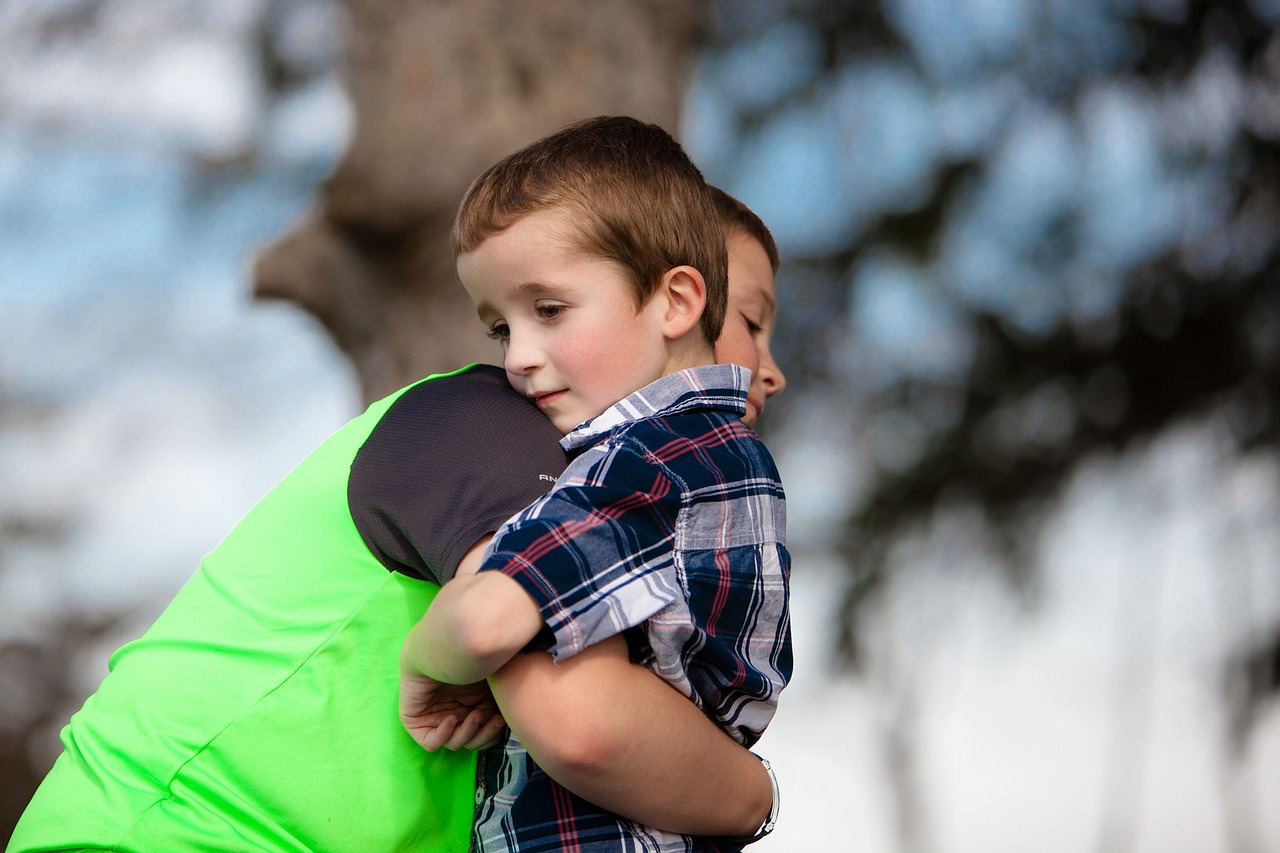Creating a Peaceful Bedtime Routine for Kids and Young Adults: A Guide to Better Sleep

Creating a Peaceful Bedtime Routine for Kids and Young Adults
A good night’s sleep is not just a luxury; it’s a vital component of overall health and well-being, especially for growing children and young adults. A peaceful bedtime routine is essential for ensuring that kids and young adults get the restorative sleep they need. Quality sleep enhances mood, cognitive function, and physical health. In this blog post, we will explore the elements of a peaceful bedtime routine and provide practical tips to help parents and caregivers create a calming and effective sleep environment for their children.
Setting the Right Environment
One of the first steps in establishing a peaceful bedtime routine is creating a comfortable sleep environment. Invest in high-quality bedding, pillows, and mattresses that provide adequate support. A clutter-free bedroom promotes a sense of calm, so encourage your child to keep their sleeping space tidy and organized. Soft, ambient lighting and soothing colors can also contribute to a relaxing atmosphere.
Establishing Consistent Bedtime Rituals
Consistency is key when it comes to bedtime routines. Establish a set of calming activities that signal the body and mind that it’s time to wind down. Reading a book together, taking a warm bath, or listening to soft music are excellent pre-sleep rituals. Consider incorporating relaxation techniques such as deep breathing or meditation, which can help calm a busy mind and prepare the body for sleep.
Limiting Screen Time Before Bed
The blue light emitted by electronic devices can interfere with the production of melatonin, the hormone responsible for regulating sleep. Limit screen time at least an hour before bedtime. Encourage your child to engage in screen-free activities like reading a physical book or drawing. Creating a technology-free buffer zone before sleep can significantly improve the quality of sleep.
Healthy Bedtime Snacks and Hydration
While heavy or sugary foods should be avoided close to bedtime, a light and healthy snack can be beneficial, especially for growing children. Opt for snacks that contain complex carbohydrates and a bit of protein, such as whole-grain crackers with cheese or a banana with nut butter. Additionally, encourage your child to drink water throughout the day, but limit their liquid intake close to bedtime to prevent frequent trips to the bathroom during the night.
Encouraging Positive Sleep Habits
Maintaining a consistent sleep schedule is crucial. Help your child establish a regular bedtime and wake-up time, even on weekends. Avoiding caffeine and sugary foods in the evening is also important, as these substances can interfere with sleep. Regular physical activity during the day can help promote better sleep, so encourage your child to engage in age-appropriate exercise.
Addressing Nighttime Fears and Anxiety
Nighttime fears and anxieties are common among children. Encourage your child to talk about their fears openly. Provide reassurance and comfort, and consider introducing relaxation techniques and mindfulness exercises. Creating a bedtime routine that includes calming activities can also provide a sense of security, making it easier for children to relax and fall asleep peacefully.
Parental Involvement and Support
Parents play a significant role in establishing and maintaining a peaceful bedtime routine. Be actively involved in the process, leading by example. Show your child that you also value a good night’s sleep by following a bedtime routine yourself. Offer emotional support and be patient, especially if your child is experiencing sleep disturbances or fears. Your understanding and reassurance can make a world of difference.
Troubleshooting Common Sleep Problems
Despite your best efforts, some children may still face sleep issues such as nightmares, bedwetting, or insomnia. It’s essential to address these problems promptly. For example, if nightmares are frequent, create a calming bedtime routine and consider a nightlight to dispel darkness. If bedwetting is an issue, limit liquids before bedtime and consider using waterproof bedding. For persistent sleep problems, consider consulting a pediatrician or a sleep specialist for professional guidance.
Conclusion
In conclusion, creating a peaceful bedtime routine for kids and young adults is a valuable investment in their health and well-being. By setting the right environment, establishing consistent rituals, limiting screen time, encouraging positive sleep habits, addressing fears and anxieties, and providing parental involvement and support, parents can help their children enjoy restful and rejuvenating sleep. Remember, a peaceful bedtime routine not only benefits the child but also contributes to a harmonious and stress-free home environment.
Credits:
- National Sleep Foundation. (n.d.). “Children and Sleep.”
- American Academy of Pediatrics. (2021). “Healthy Sleep Habits: How Many Hours Does Your Child Need?“
- Sleep.org. (n.d.). “How to Create the Best Bedtime Routine for Your Kids.“




